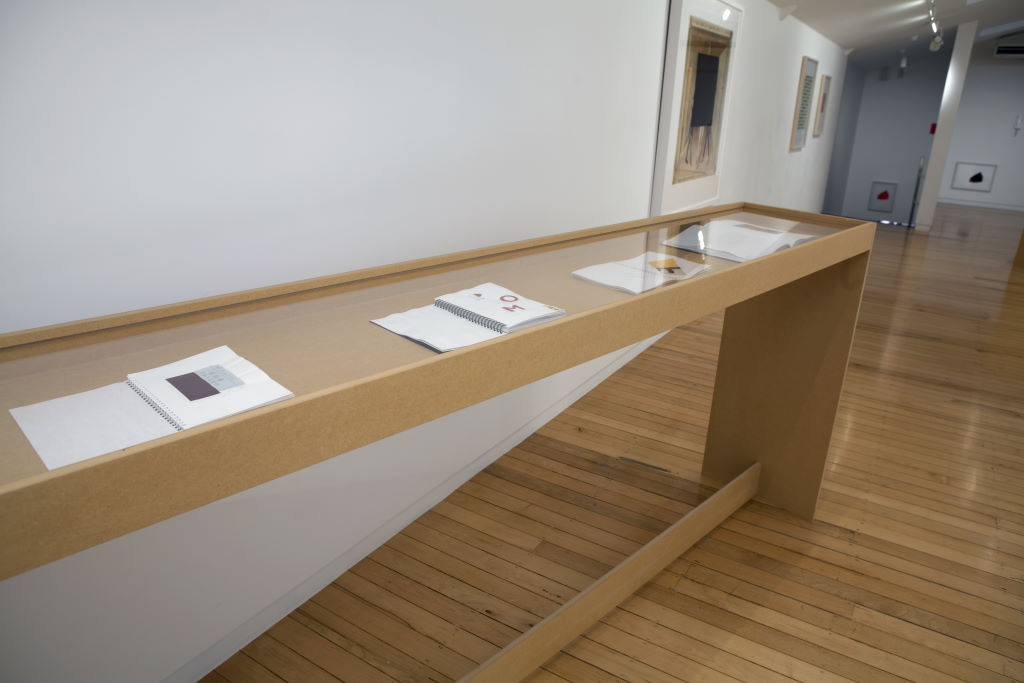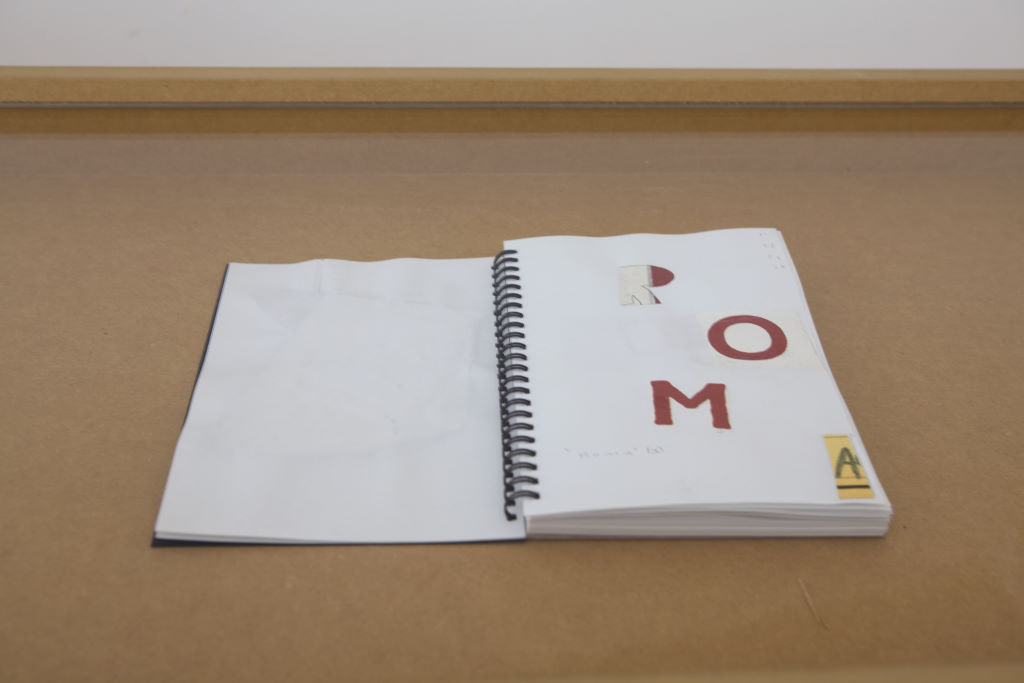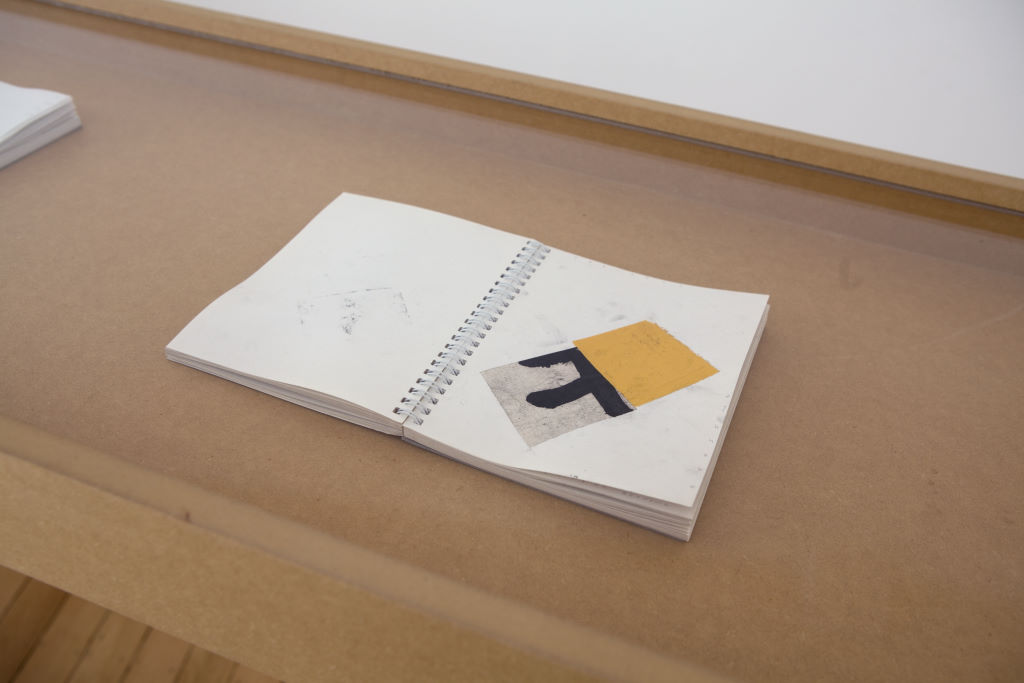Stephen Bambury
Paper Scissors Rock
9 September - 22 October 2011
Paper Scissors Rock
For more than 35 years Stephen Bambury has maintained a commitment to exploring abstraction in an aesthetic practice that considers paintings not only as objects to be experienced and contemplated, but also as spaces, forms, colours and surfaces filled with ideas, dualities and histories of abstraction itself.
This title of this exhibition invokes the traditional child’s game, but at the same time concisely describes three different bodies of work which have evolved through Bambury’s travels in Europe and his need to keep working while on the road – the idea of a travelling studio.
Paper:
The paper, Moulin De Larroque, was discovered on a trip to France. Each sheet is individually hand made in a 13th century stone mill house over the Couze River. Since 2000, this heavily textured paper has provided the support for a continuing series of acrylic paintings.
There is also a new suite of screen prints, Ideogram, hand-made in the studio with vivid red, black and white inks evoking the urgent primary colours of the Russian constructivists and the HI FI ideogram heralding the arrival of modernism.
Another new work, I am still alive on Kawau (necessary correction)is an SOS printed in Morse code. The work irreverently refers to a mistake by an Australian art critic while reviewing the Imant Tillers’ work Hiatus. The work is an appropriation of McCahon’s I amand also includes a reference to a telegram from the artist On Kawara (‘I am still alive’ On Kawara). The critic mistook this as an implication that Colin McCahon might still be alive on Kawau Island.
Scissors:
The collages began during residency in Slovenia in 2000 and have continued as a traveling project. The rules are simple: Use only material found in the country. The requirements are scissors, pencil, found material, and glue. Works are always dated with country or city and date and signed on front. This way a studio is established no matter where the traveling takes place.
Rock:
The rock paintings were also began in Slovenia, using stone tiles found in an old film studio. Aluminium sheets sent over for the residency got ‘lost’ in transit through Serbia. These stone tiles made an opportune replacement. Once laid on floors or walls, the tiles, now resonate with new meanings, they portray time itself, its thefts and enrichments. Laminated with pigment resins and metals, they evoke layers of story, a well-worn book, or the gold leaf and gesso used in Bambury’s earlier Siena paintings.
One of New Zealand’s prominent artists, his work is represented in over twenty public collections in New Zealand, Australia and Europe including, Te Papa Tongarewa, Chartwell Collection, Auckland Art Gallery and the University of Auckland. Bambury has realized major public and private commissions and has an extensive international exhibition history
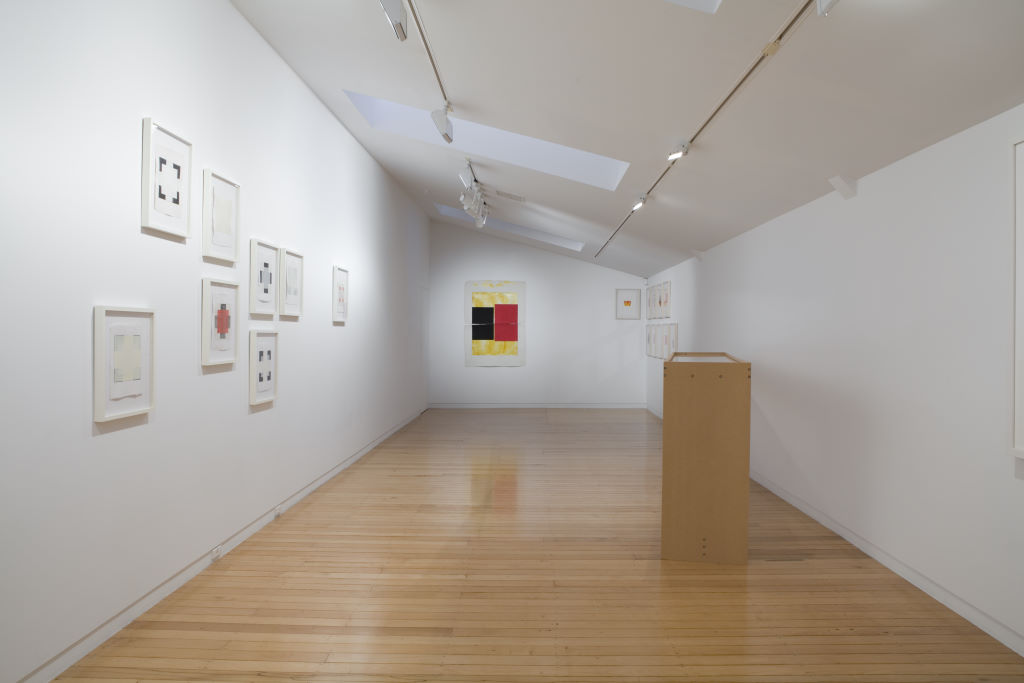
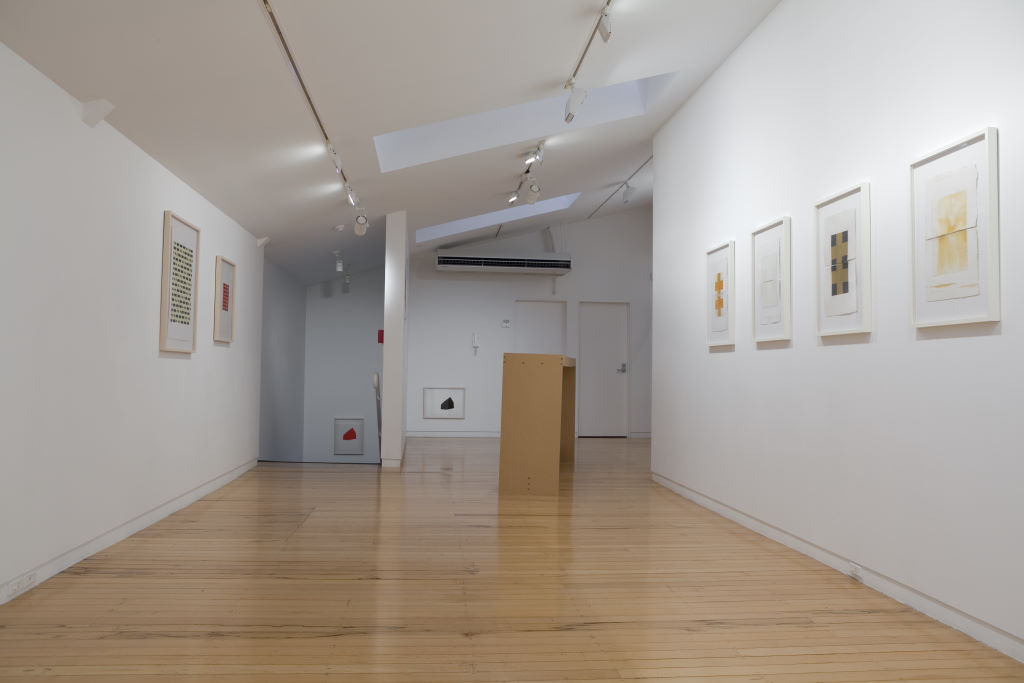
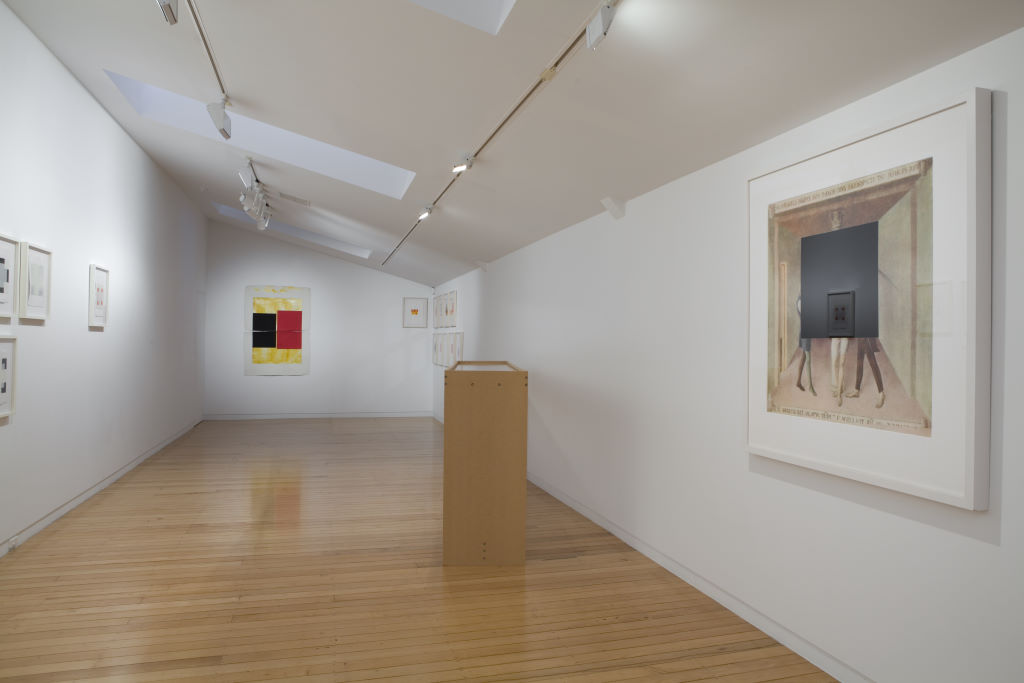
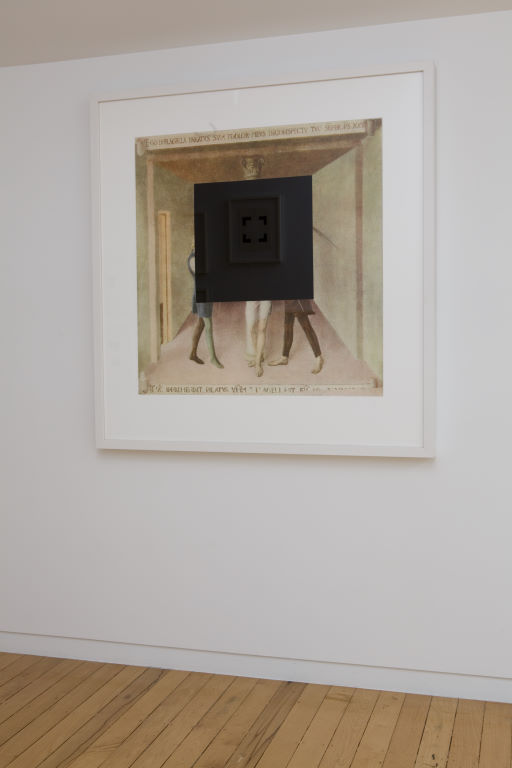
inkjet print, flocking,
870 x 850mm
ed. of 5
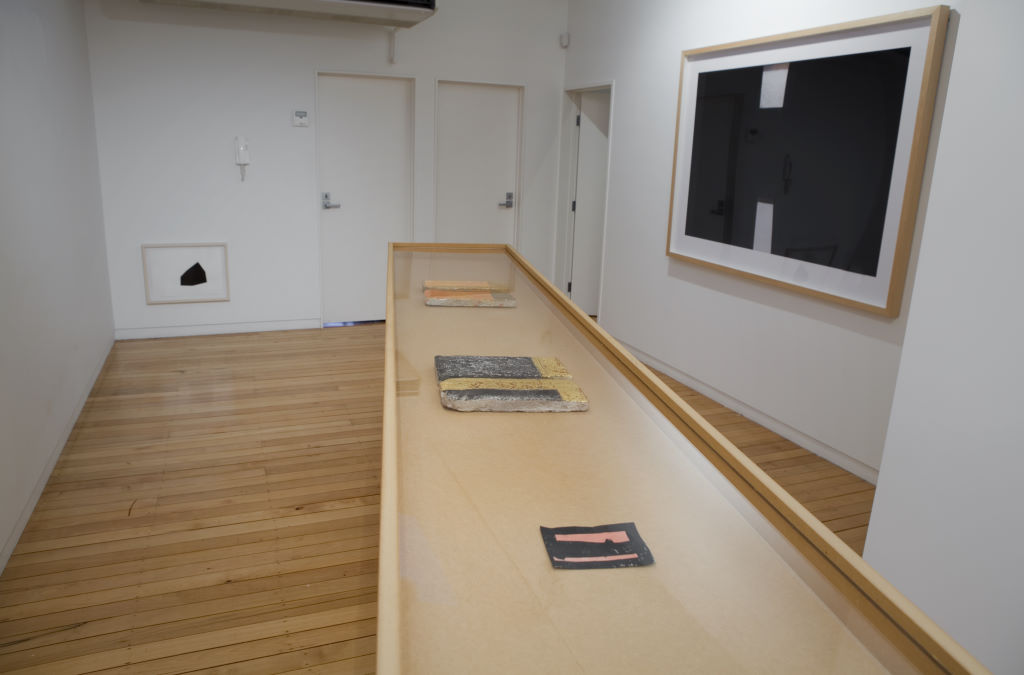
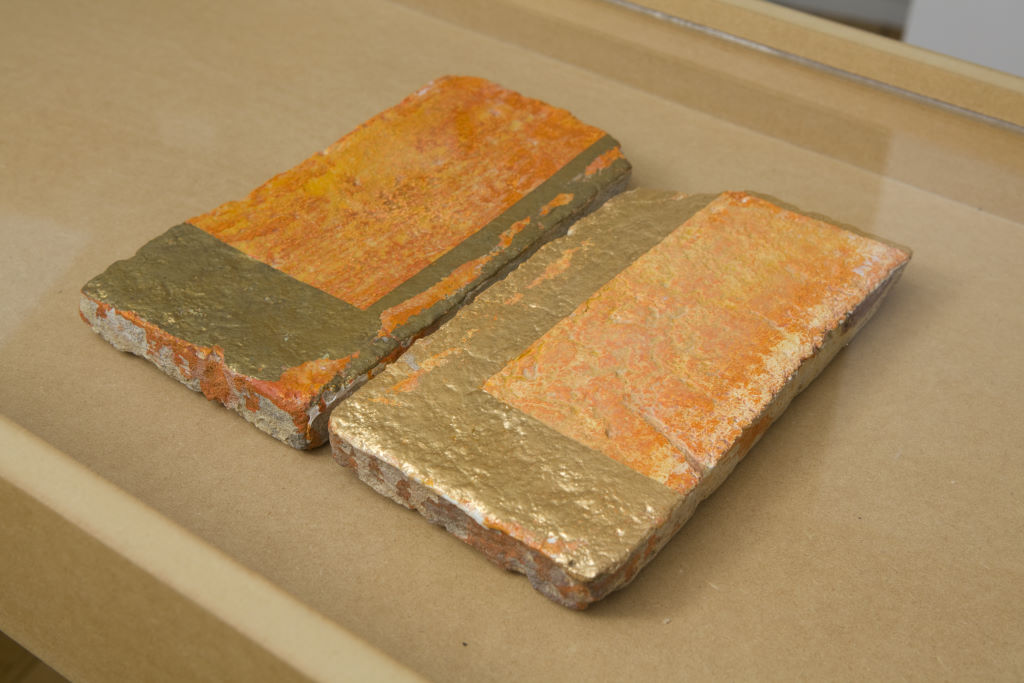
acrylic, 23k Gold, stone tiles
255 x 255mm
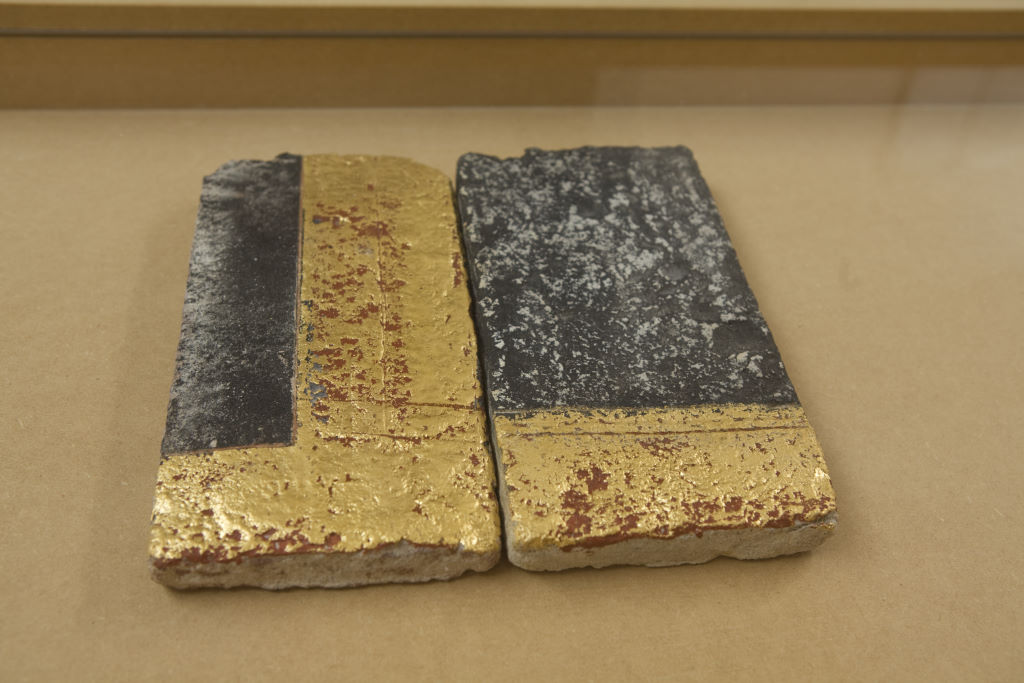
acrylic, 23k Gold, schlagmetal, stone tiles
255x 255mm
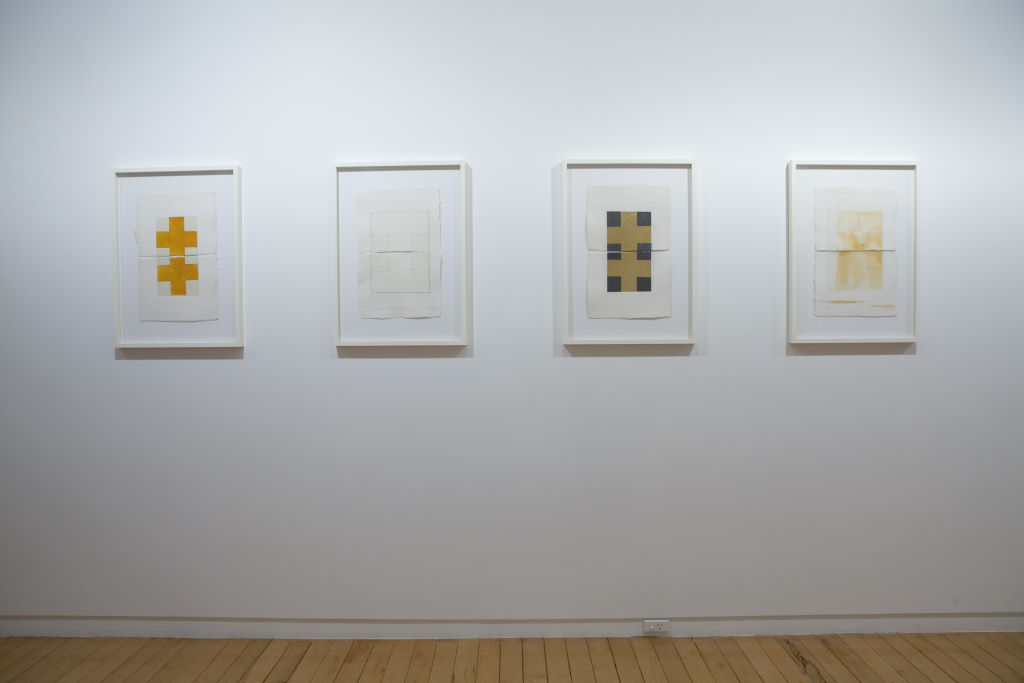
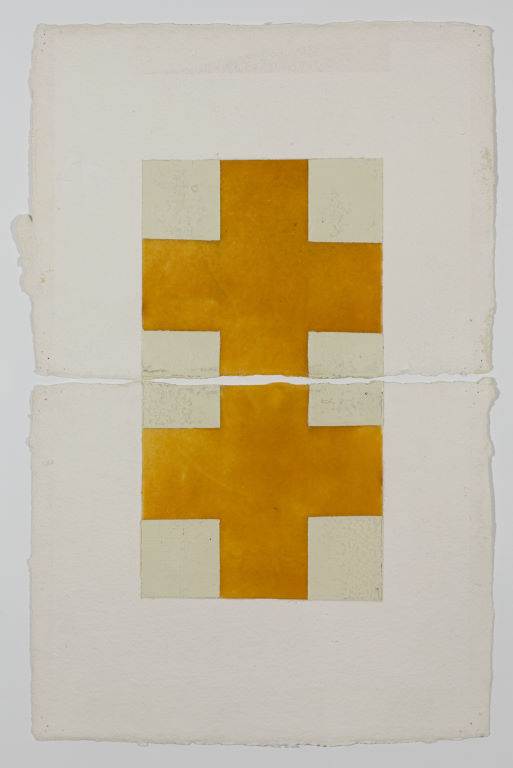
acrylic on Moulin de Larroque paper
510 x 310mm
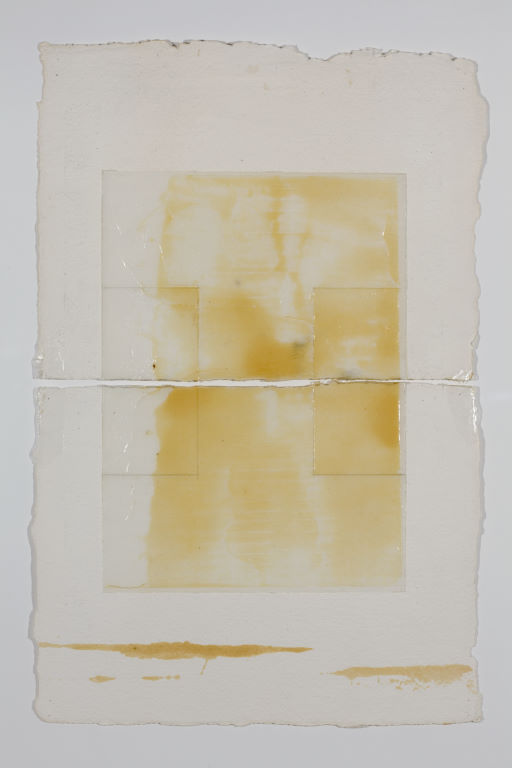
resin on Moulin de Larroque
510 x 310 mm
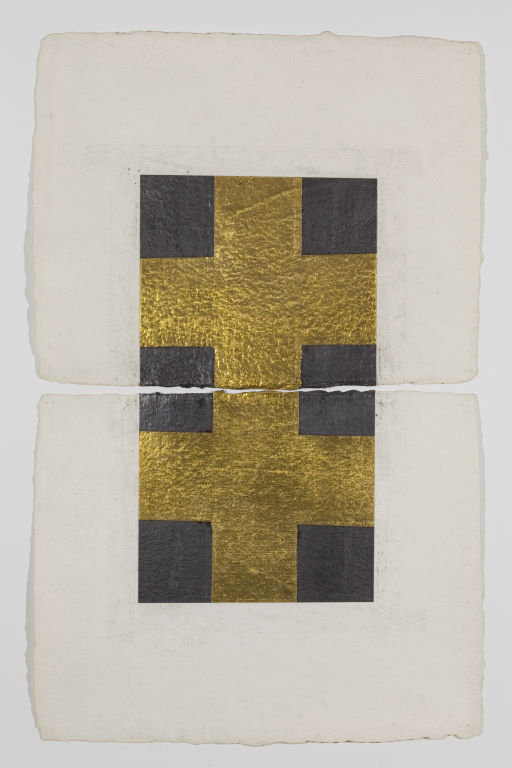
acrylic and schlagmetal on Moulin de Larroque paper
510 x 310mm
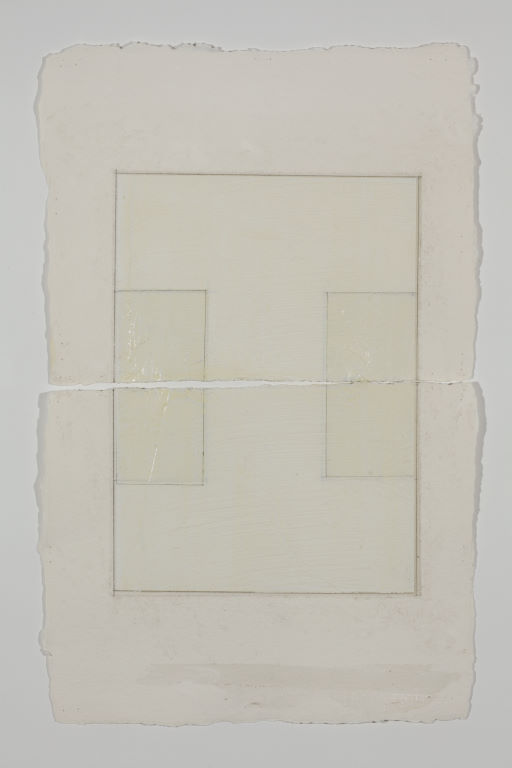
acrylic and pencil on Moulin de Larroque paper
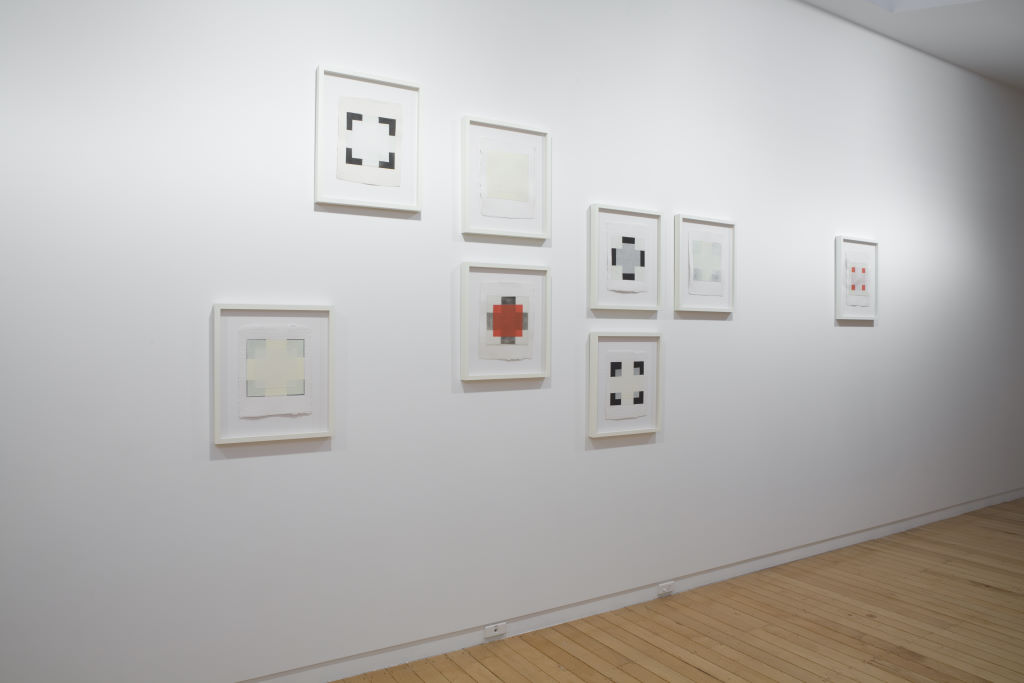
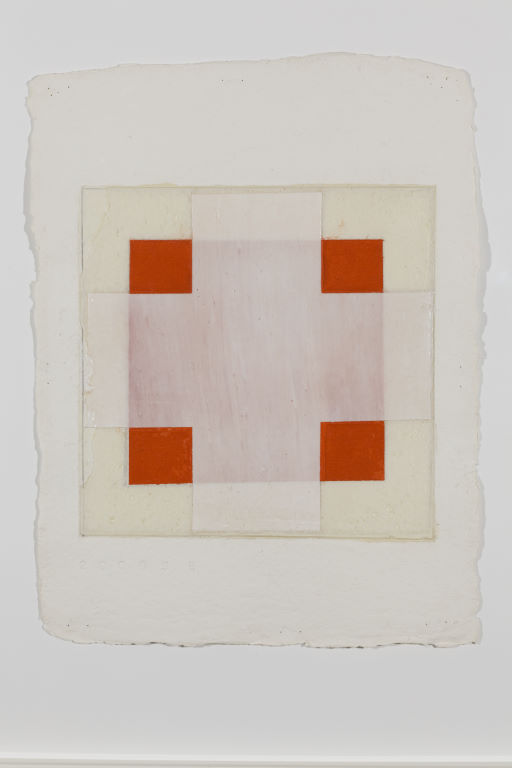
acrylic and pencil on hand made Moulin de Larroque paper
300 x 250mm
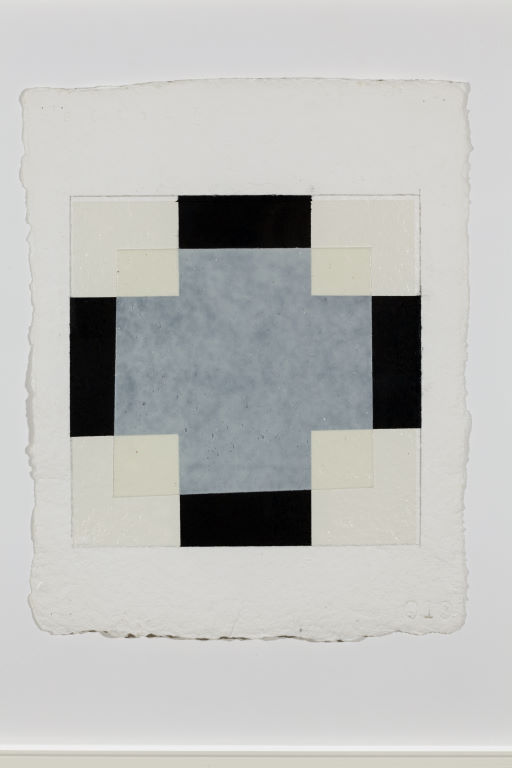
acrylic and pencil on hand made Moulin de Larroque paper
300 x 250mm
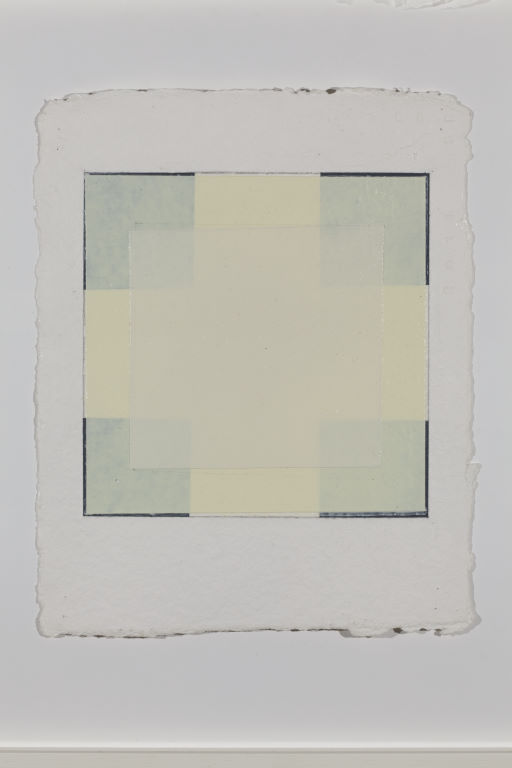
acrylic and pencil on hand made Moulin de Larroque paper
300 x 250mm
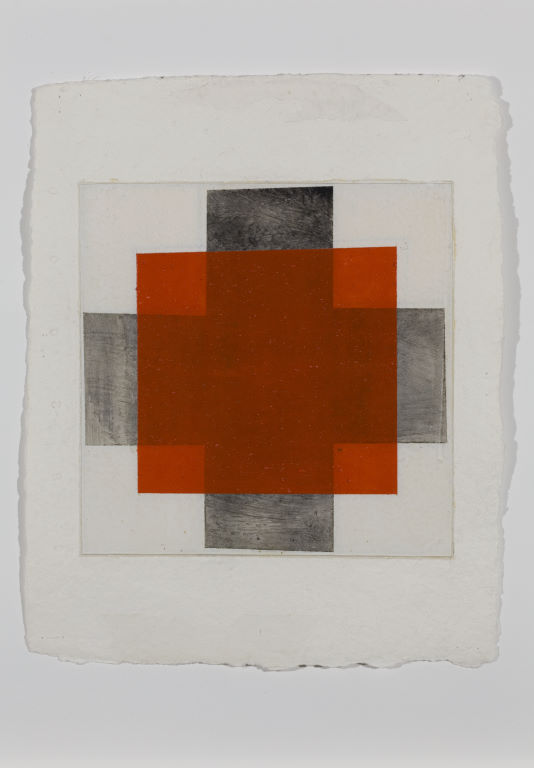
acrylic and pencil on hand made Moulin de Larroque paper
300 x 250mm
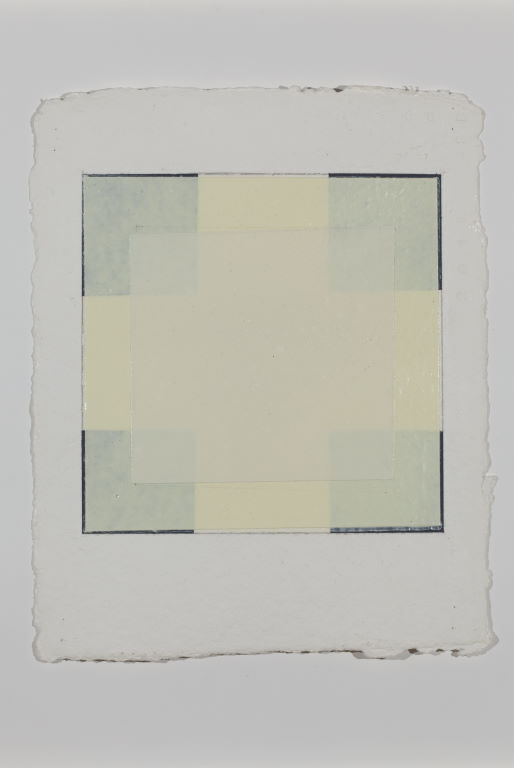
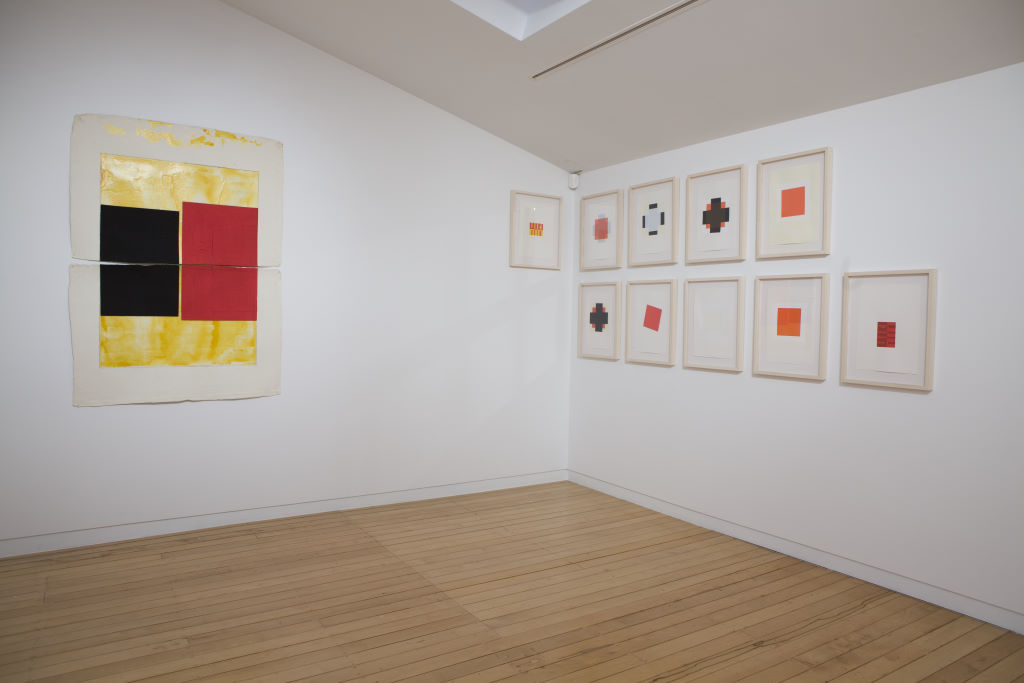
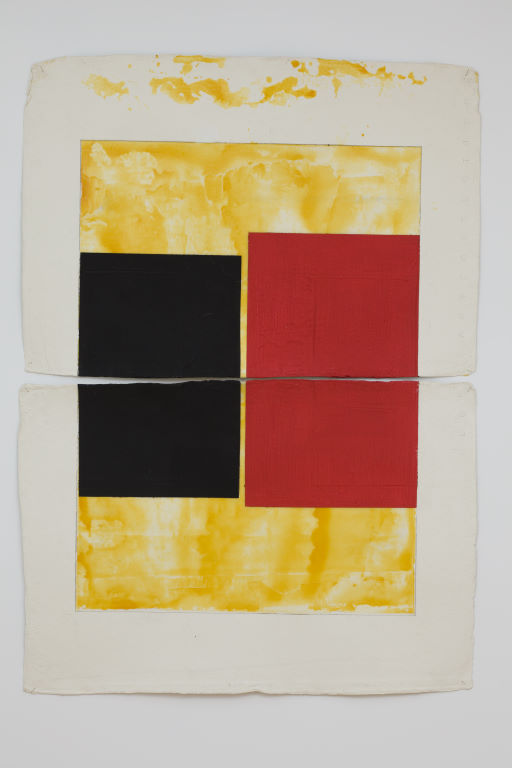
resin and acrylic on paper,
1140 x 1040mm
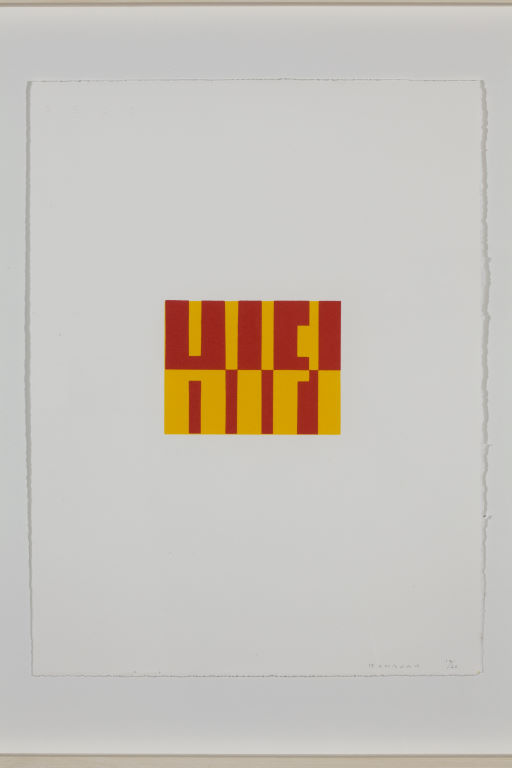
screenprint
370 x 280 mm
set of 20
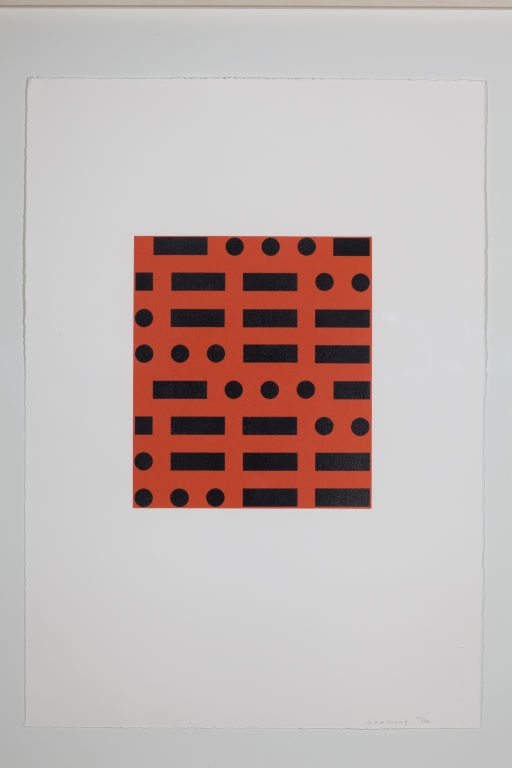
screen print
500 x 350mm
edition 0f 30
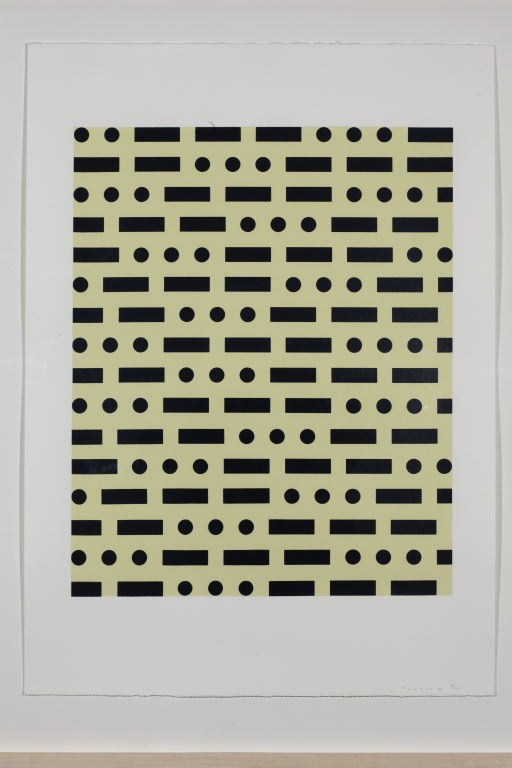
screen print
700 x 500mm
edition 30
